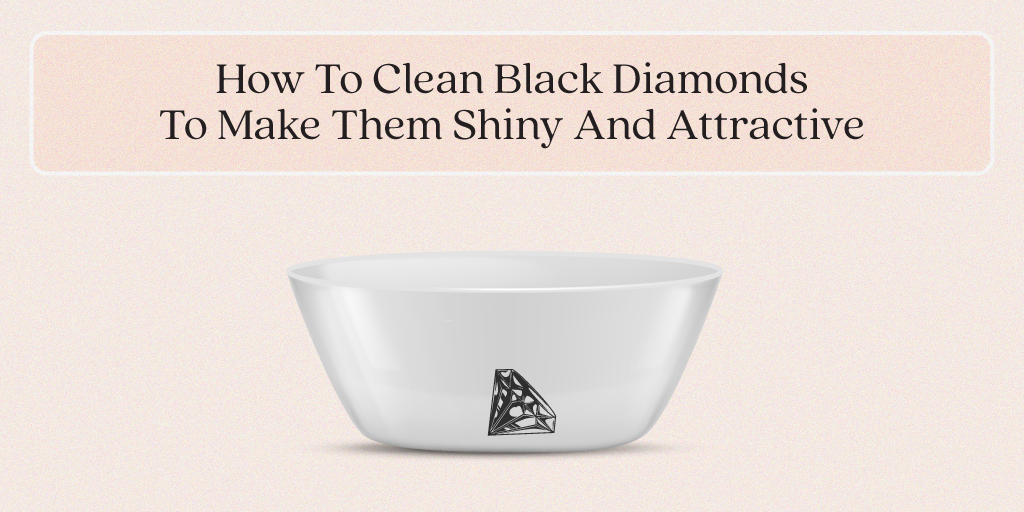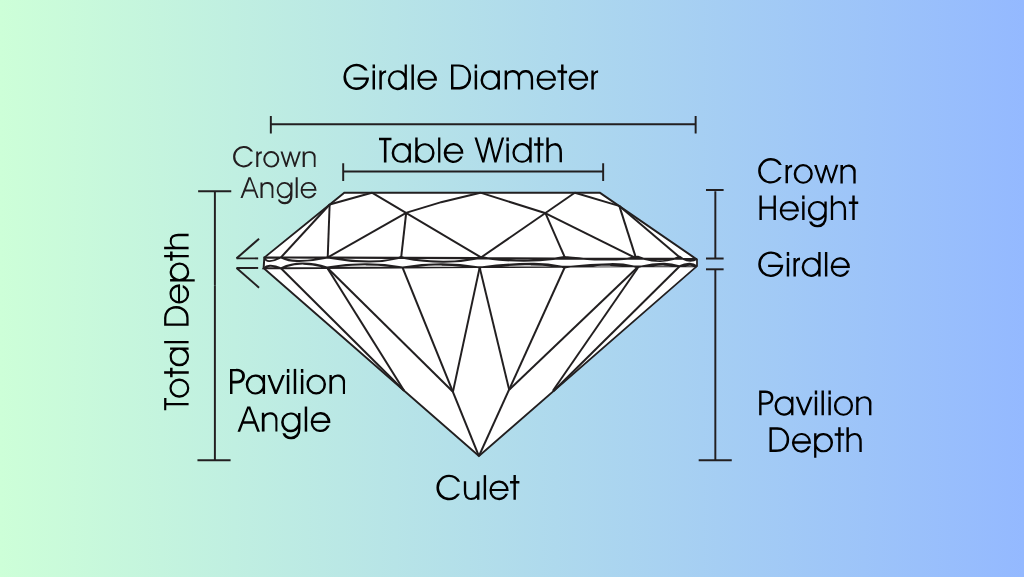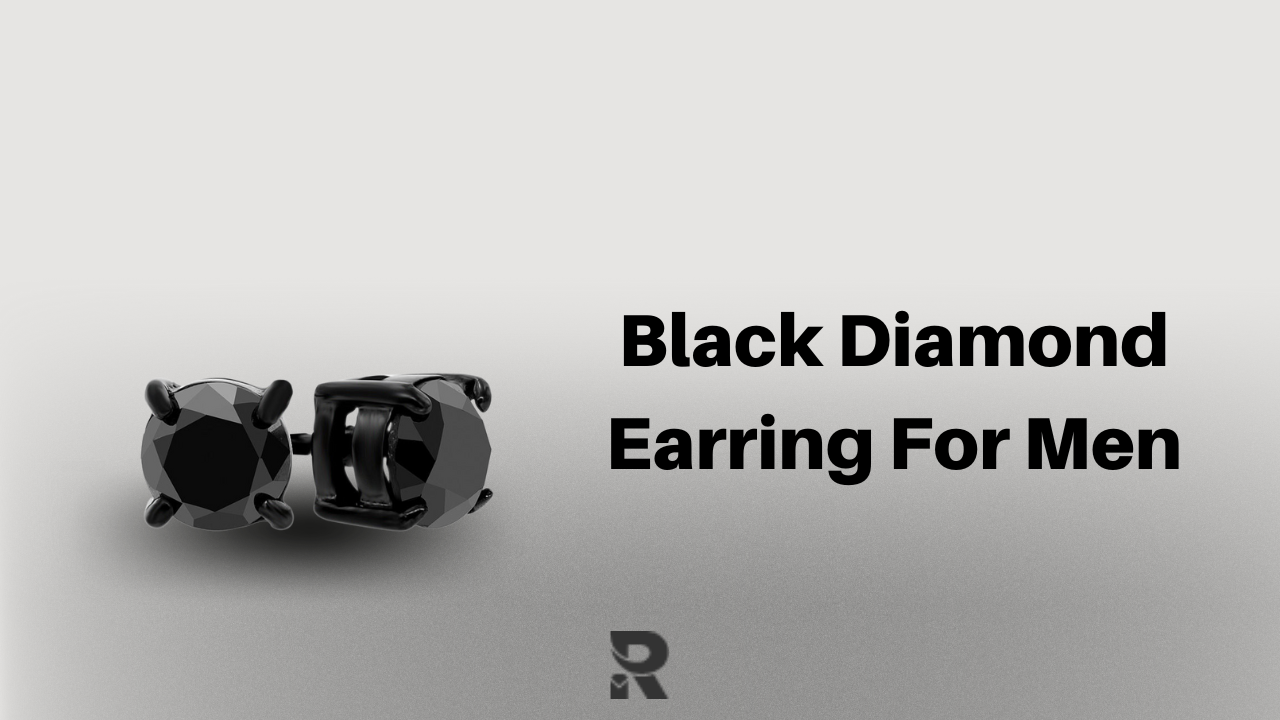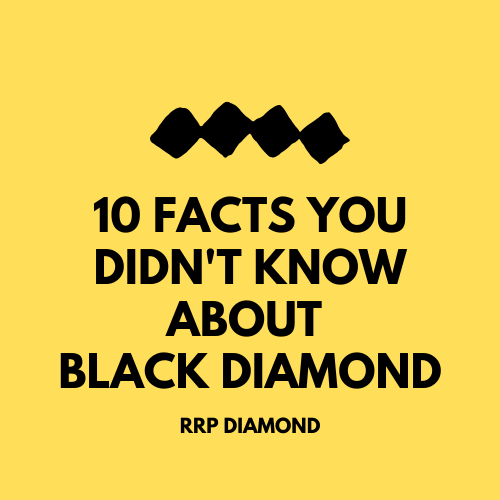
Black diamonds are all the rage now. After being snubbed by people for centuries, they are being embraced by more and more people these days. Whether it is celebrities donning black diamond rings as engagement rings, or black diamond rings being used in iconic TV shows (hint: Sex And The City 2) – black diamonds are certainly a classy and bold choice for the modern woman.
A black diamond ring, whether it is in an engagement ring or simply an accessory – is a style statement. It is hard to ignore something that sophisticated and elegant. For couples that are not like the others, the black diamond is a perfect representation of their unique love and one-of-a-kind relationship.
Having said that, there are still some superstitions, misconceptions, and misinformation among the public regarding these stones. For a long time now, the black diamond has been shrouded in a veil of mystery.
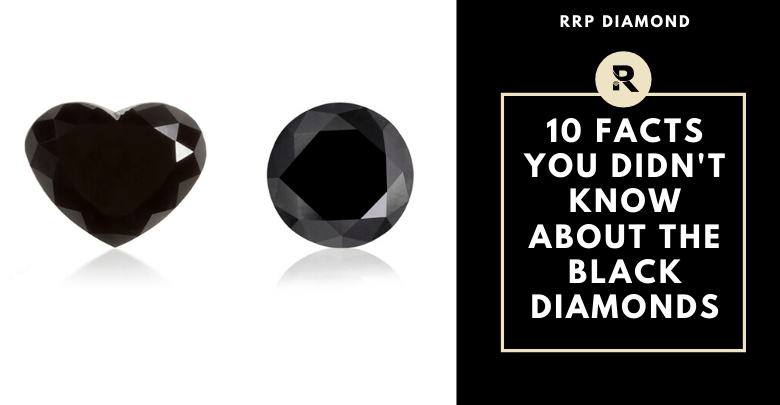
If you are thinking of getting a black diamond engagement ring or simply want to buy a piece of black diamond jewelry for yourself, it is good to first get acquainted with the stone. Are they as valuable as white diamonds? Are they durable? Are they cursed? There are, for sure, a lot of questions about black diamonds.
Also Read: All you need to know about black diamonds
To demystify the glorious black diamond and know more about it, read on.
-
Black Diamonds are also known as Carbonado
Black diamonds are often referred to as carbonados. This is because, as you may have guessed for yourself, they have a larger content of carbon than some other types of diamonds.
-
The composition of a black diamond is unique
Diamonds have a unique composition in general, but a black diamond has a composition different from even other diamonds. Technically speaking, a black diamond is impure, and not pure carbon.
The scientific term for diamonds of this type is the poly-crystalline diamond because it has multiple types of crystals. To be precise, a black diamond has pieces of graphite, diamond, and amorphous carbon in it, which makes it impure. Traditional diamonds do not have these impurities.
These elements are the only founders in younger diamond formations and diamonds that are formed near sources of water, like black diamonds.
This brings us to our next point…
-
No one knows how exactly black diamonds are formed
Geologists who study the formation of diamonds and scientists have a slight disagreement over the true origins of black diamonds. Although there is serious debate among the scientific community about the formation of all types of colored diamonds, black diamonds are especially divisive in this manner.
Many people believe that black diamonds are formed as a result of radiation. The unique structure and makeup of the black diamond can be attributed to their exposure to some sorts of radiation, some people believe.
On the other hand, some people believe that black diamonds are formed as a leftover of an asteroid. Since these rocks can only be found at certain specific places on the earth, the theory states that a hydrogen-rich asteroid hit the surface of Earth millions of years ago, resulting in the deposition of black diamond precursors that turned into these stones over the years.
Some other people also believe that black diamonds are formed as a result of a supernova collision with Earth that happened even earlier than the asteroid. The truth, however, is that there is no dominant hypothesis right now. Science does not yet know how black diamonds came to be formed.
This mysterious origin story further adds to the allure of black diamonds.
-
Black diamonds are found in alluvial deposits under streams
Normally, diamonds are found in the Kimberly deposits zone under a crater. However, black diamonds are special in this regard too. They are found only in the alluvial deposits of soil. These deposits are formed by sedimentation and deposition of crystals over millions of years. These deposits containing black diamonds are usually found under the running water of a stream or river.
-
Millions of smaller crystals form a black diamond
As discussed above, black diamonds have a unique structure that is quite different from other types of diamonds. Besides having large amounts of graphite, amorphous carbon and other minerals, black diamonds also have a large amount of smaller black crystals.
Unlike a typical diamond, a black diamond is not a single stone. It has millions of small pieces that held to each other by internal inclusions. This is also the reason why black diamonds have their characteristic color and why they sometimes have dark spots.
-
Black diamonds are really tough
It is a known fact that diamonds, in general, are very hard and durable. However, black diamonds top even diamonds in general. The Mohs Hardness Scale states that black diamonds are very difficult to cut, because they are extremely hard. In fact, this is why it may take a diamond cutter years to polish and craft a piece of the black diamond. Indeed, your black diamond may have taken months of patient work by a skilled diamond cutter before it could be set in your ring.
-
Black diamonds are not truly colored diamonds
Diamonds come in various colors – pink, yellow, blue and whatnot. These diamonds gain their characteristic color when they are exposed to a wide variety of minerals during their development.
Some people have the misconception that black diamonds gain their color in a similar way, by a twist of geological fate. This is not true at all. In fact, black diamonds are closer in their composition and development to white diamonds, instead of these colored diamonds.
Black diamonds appear black because of the clusters of graphite that appear in a large quantity in these stones. This gives black diamonds a unique color.
-
Real black diamonds do not shine
Black diamonds have a high number of inclusions, we already know that. Because of this, unlike regular diamonds, they do not shine and sparkle. In fact, black diamonds absorb all the light that falls on them, which gives them a smooth and marble-like, dark black appearance.
If you are going to buy a black diamond engagement ring, you may find a black diamond that has some sparkle. These are not real black diamonds, these are white, colorless diamonds that have been subjected to radiation and heat to give them this black color.
This is not to say that these diamonds are any less or they are fake. They are just a different category. They are called colorless treated black diamonds, or simply, black colored diamonds.
-
Black diamonds are graded differently
Because of the fact that they absorb all the light that falls on them, black diamonds are not graded the same way as colorless diamonds. Normal or colorless diamonds are graded on the basis of the GIA clarity scale. However, the GIA does not offer a grading report for black diamonds.
If you buy a black diamond, your jeweler should provide you with a Colored Diamond Identification and Origin report. This will provide you all the info you need about your black diamond.
It should also be noted that a black diamond is always denser than a colorless diamond. That is why a 1-carat black diamond will be smaller than a colorless diamond of the same size.
-
Black diamonds are found only in Brazil and Central Africa
Unlike colorless diamonds, black diamonds cannot be sourced from just about anywhere. They can only be found on two continents on the entire planet – Africa and South America.
In Africa, they can be found in the central region of the island, and in South America, they are found only in Brazil.
-
Some black diamonds are actually green
To give diamonds a real smooth surface and even color, some dealers irradiate dark green diamonds to form black diamonds. This is done by curing these diamonds with radiation for a really long time, which gives the stones their characteristic ebony color.
While this does not take away from the beauty and sophistication of black diamonds, as a customer, you should always know what you are buying. Therefore, always ask your diamond seller what kind of black diamond it is that you are buying.
-
Black diamonds may take up to one year for cutting and polishing
Yes, you heard that right.
Because black diamonds are a unique combination of carbon atoms and graphite atoms, they form unique crystallography, or structure of crystals, in simpler terms.
That is why, in order to make sure that the customer gets a smooth and beautiful black gem, the diamond cutting process can take up to one year, or even more. In fact, it is an extremely time-demanding, patient-demanding, and frustrating process.
However, the plus side is that you can rest assured that the diamond you are wearing is crafted with a lot of hard work and energy. Just the kind of gemstone you deserve in your engagement ring.
Also Read: Buying Guide – All you need to know before buying Rustic Diamonds
Parting Thoughts
This is pretty much all you need to know about black diamonds before making your purchase. Having learned intensely about this lovely and intriguing gemstone, you are now equipped to make an informed decision for choosing the perfect black diamond for your engagement ring. Good luck!
